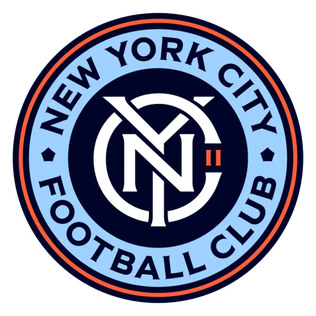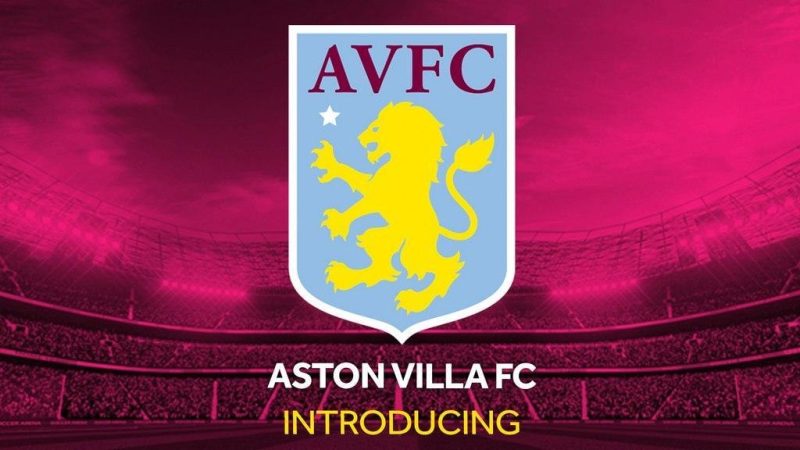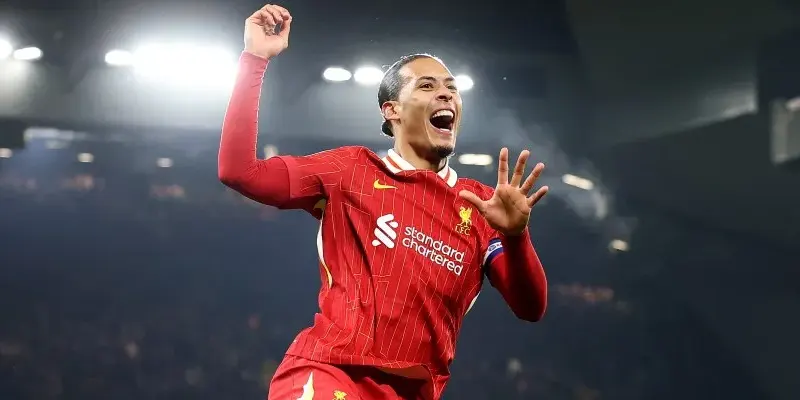
New York City FC II
Despite its successes, NYCFC II faces ongoing challenges that require strategic adaptation and resilience. Navigating the complexities of operating a second team in a bustling metropolis like New York City demands innovative solutions and unwavering dedication.
New York City FC II and Logistical Challenges
Operating a second team involves considerable investment. Securing funding for travel, facilities, and coaching staff remains a persistent challenge, especially amid fluctuating economic conditions Kèo Nhà Cái.
Financial sustainability is crucial for the longevity of NYCFC II. While the primary NYCFC team likely has greater revenue streams, the development squad must rely on creative fundraising initiatives and community partnerships to remain viable. This can include hosting special events, attracting sponsorships, and even leveraging merchandise sales to generate additional revenue.
Logistically, balancing the schedules of NYCFC II with other leagues and youth programs necessitates careful planning to avoid conflicts and player burnout. With a packed calendar full of games, practices, and community events, managing resources and personnel efficiently is paramount. Coaches and administrative staff must constantly analyze scheduling and player workload to ensure the well-being and performance of athletes.
Competition and Market Dynamics
The soccer market in NYC is highly competitive, with multiple clubs vying for attention and talent. NYCFC II must differentiate itself by offering superior development opportunities and engaging community programs.
Fierce competition exists not only from other professional teams but also from semi-professional leagues and amateur clubs that draw aspiring soccer players. Making NYCFC II stand out in such a crowded marketplace requires continuous innovation and adaptability. This might involve refining training techniques, enhancing player welfare services, or introducing novel engagement strategies that foster loyalty and support.
Furthermore, local popularity and attendance can fluctuate based on team performance, media coverage, and external factors like weather or public health issues. It becomes vital for NYCFC II to maintain consistent communication with fans and the community, ensuring they feel valued and heard throughout varied circumstances. Maintaining strong relationships helps cultivate a loyal fanbase that will stay engaged despite performance fluctuations.
Evolving Soccer Infrastructure and Regulations
Changes in league regulations, safety protocols, and infrastructure requirements influence NYCFC II’s operations. Staying ahead of these changes demands agility and innovation from management.
As soccer evolves globally, domestic leagues are adapting rules and regulations that affect how clubs operate. NYCFC II must remain adaptable to these changes, whether it pertains to roster limits, player eligibility, or broadcasting standards. Training staff and players to understand these regulations is essential, ensuring compliance and preventing any disruptions in operations.
Adapting to new standards for stadiums, youth player protections, and international transfer rules will be crucial for long-term sustainability. Establishing robust systems that align with these evolving regulations will help NYCFC II avoid unnecessary penalties or setbacks, further solidifying its commitment to ethical and responsible management.
Future Opportunities and Growth Strategies
Looking forward, NYCFC II has numerous opportunities:
- Expansion of scouting networks to identify talent regionally and internationally: By broadening the search for talent beyond NYC, the club can discover hidden gems that may otherwise remain overlooked.
- Leveraging technology for enhanced player analysis: Utilizing cutting-edge analytics tools to track player performance and optimize training regimens can provide a competitive edge.
- Developing partnerships with educational institutions for academic and athletic balance: Forming collaborations with schools can reinforce the importance of education while developing athletic skill, ensuring players are prepared for life beyond sports.
- Increasing community outreach to broaden the fan base: Continued efforts to engage with underserved populations and broaden the appeal of soccer can lead to increased participation and loyalty.
By embracing these strategies, NYCFC II can continue to serve as a catalyst for NYC’s soccer renaissance and produce future stars for both club and country. These proactive approaches not only strengthen the team’s foundation but also significantly contribute to the flourishing soccer culture in New York City—a city that continues to embrace the beautiful game with open arms.
Conclusion
New York City FC II exemplifies the visionary approach needed to foster a thriving soccer culture in New York City. From its origins rooted in strategic development to its role as a gateway for young talent, NYCFC II has become integral to the city’s soccer ecosystem. Its emphasis on community engagement, inclusivity, and innovative player development sets a powerful example for clubs nationwide. While challenges remain, the club’s aspirations for growth and excellence position it as a vital component of NYC’s football future. As the club continues to evolve, it promises to inspire generations of soccer enthusiasts and elevate NYC’s standing as a true soccer city. The journey is far from complete, but with each passing season, NYCFC II moves closer to cementing its legacy as a beacon of hope and opportunity within the world of soccer.

